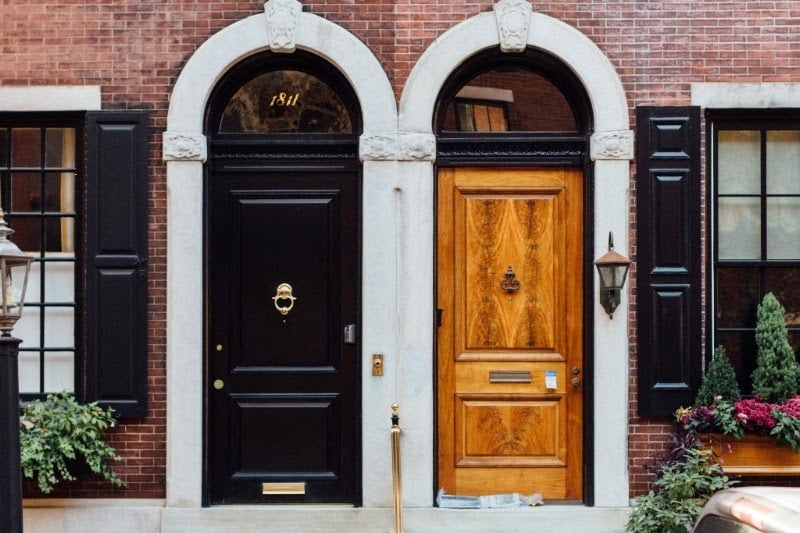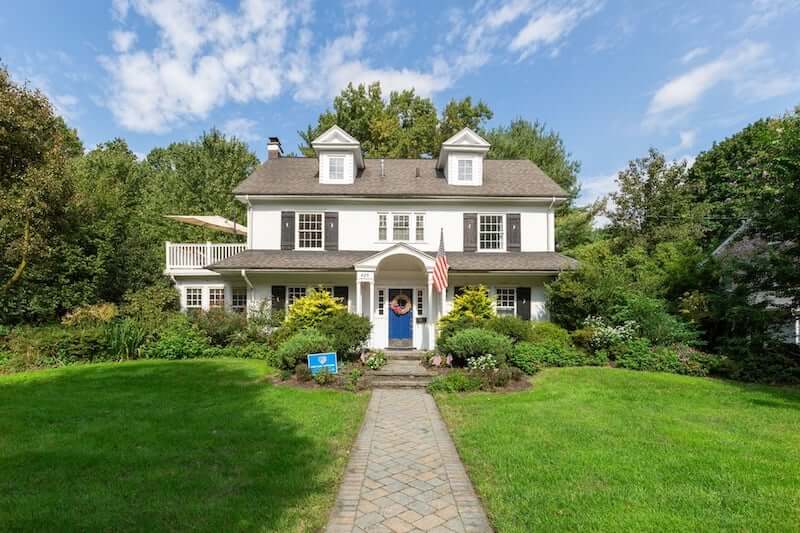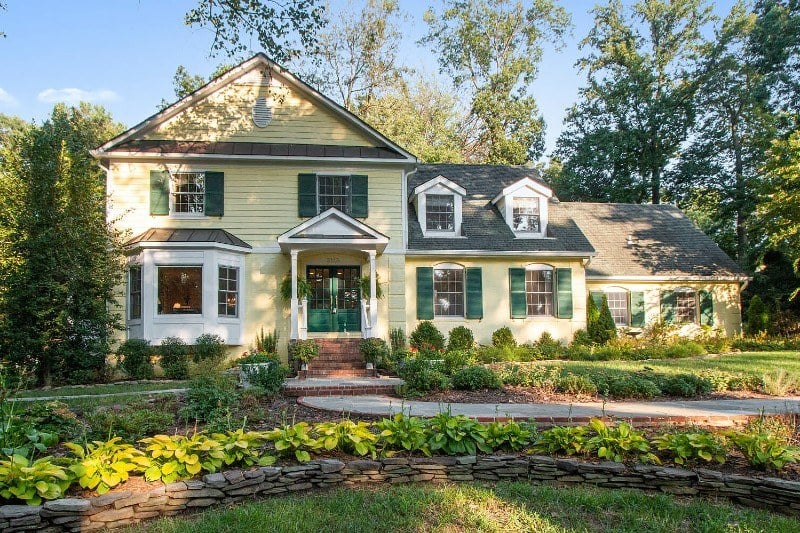The housing market has been white-hot, and many real estate experts are predicting it will remain hot thanks to a continuation of high demand and low supply.
The strain on housing has led to a renewed interest in 3D printed homes. Once the stuff of fantasy, a 3D-printed home is increasingly becoming a reality - and a potential way to quickly produce affordable, new housing.
Here’s what you need to know.
How 3D Home Printing Works
3D printing technology continues to advance forward, so it may come as no surprise that builders have been exploring the idea of printing homes. Home printers follow digital blueprints and extrude building materials (such as cement, sand, and fiberglass) working from the ground up - layer by layer. Unlike a typical 3D printer, these printers are giant and robust machines that can move in multiple planes and operate outdoors.
Some printing companies are opting to partially print their homes - building the first 40% or so by machine, and then finishing up the rest (especially if second stories are involved) using more traditional building methods. Traditional framing - such as a rafter room system - is often added after concrete extrusion, and then doors, windows, plumbing, roofing, and other interior finishes follow.
Others have been opting to print out panels, then transport and assemble them together into homes at their final location (similar to pre-fab buildings).
What are the Benefits of 3D Printing a Home?
There are plenty of benefits for 3D printing, but the main benefits will be cost and speed.
Because most of the process is machine automated, homes can be completed incredibly quickly - with minimal labor. According to HomeGuide, labor accounts for about 39% of the cost of a traditional new home - so being able to dramatically reduce the amount of labor needed, quickly lowers the price of the home.
An entire development of printed homes is being built right now by the Palari Group in California, and when they go to market they are expected to be many thousands of dollars cheaper than the average local home.
3D printed home builders say that most homes can be finished in 6 weeks - a much faster timeline than the typical 6 months a home building project takes. And because building materials can be placed precisely by robotic parts, there is almost zero waste.
"In wood frame construction there's a significant waste that is generated for the home that's being built, it's about two tons of waste that goes into landfills," Palari Group founder and CEO Basil Star said in a recent interview with CNN. "And with 3D printing, it's a revolutionary way of building that completely eliminates that unnecessary waste."
The world’s first 3D printed homes have already gone to market and have their first occupants. One of America’s first 3D-printed homes successfully sold in Riverhead, NY for $299,999, and $213 per square foot. According to Zillow, the average price per square foot for homes in Riverhead is normally $271 - so already, this new technology represents a more affordable housing option.
And although it's still conceptual, some companies are estimating that small home printing could be possible for as little as $10,000 per home.
An additional benefit of 3D printing is that it opens the door to a greater variety of architectural detailing. According to Architect Outsourcing, “3D printed buildings can easily lay structures using curvilinear forms instead of typical rectilinear forms," which increases durability.
The benefits of 3D printing a home:
- Cost
- Speed
- Reduced waste
- Additional design possibilities
What to Check For if You Buy a 3D Printed Home
Real estate experts recommend that you should never forgo an inspection - even for new homes - and this applies to 3D-printed homes as well.
Even if the home has been perfectly printed, many of the interior materials (such as sinks, cabinets, etc) will have to be installed afterward, and installation mistakes happen all the time in new construction.
Common issues with new homes include:
- HVAC issues such as loose connections, malfunctioning thermostats, or dirty ducts
- Plumbing problems - hot/cold water reversal, leaks
- Faulty electric work - improper or damaged wiring
- Drainage/grading issues - your home could be printed fine, but the soil it’s resting on could be shifting too much
- Improperly installed appliances
- Shrinkage cracks if the concrete has been improperly mixed - concrete issues might be one of the foremost inspection issues that arise with 3D homes because most of them rely so heavily on concrete construction
Inspections are important for new homes especially because little will turn up on the disclosure statement. The disclosure statement only covers known defects - it does not require the home seller to investigate for unknown defects. And for a new home, most defects are likely to go unnoticed until the home is lived in.
Architect Outsourcing points out that there are currently no regulations involved to get a 3D-printed building approved for residential use - in other words, there are no existing standards that need to be followed for things like structural integrity, public safety codes, and plumbing. For this reason, you’d be wise to research the firm producing your 3D home to make sure they have the engineering background to produce a long-lasting physical structure.
When buying a 3D printed home, your best bet is to work with experienced real estate agents who know the signs of quality workmanship. They may also be familiar with the builder’s reputation among prior 3D home buyers, which can make it easier to make an informed decision.
Will the Market Accept 3D Printed Homes?
The U.S. is currently stuck in a prolonged seller’s market due to a number of market forces. New home construction is still not producing new homes fast enough to replace aging housing stock, there’s a constant labor shortage in construction, and overall the U.S. population is growing - so it's likely that the real estate market will continue to be very competitive.
3D homes can be an opportunity for people to become homeowners without having to be “house poor” (pooling too much of their income into housing).
Still, there are some limitations. The biggest limitation of 3D printing is that it’s better suited for areas with plenty of available land - it’s not possible, at the moment, to 3D print a skyscraper. So for cities that already have a high density of people and buildings, 3D homes will not be able to relieve crowding or provide much additional housing - at least not in the city centers.
Either way, many buyers are likely going to jump at the chance to own an affordable new home, even if it means being one of the first people to live in a 3D-printed home and dealing with the unknown.
How Can I Buy a 3D Printed Home?
For now, these homes are entering the market one by one. Most printed homes available soon are located on the west coast of the U.S., but this will likely shift as more builders adopt the technology. Your best bet will be to ask your local Realtor about the current availability of printed homes, as they’re likely to be informed of any new homes on the market in your area.



